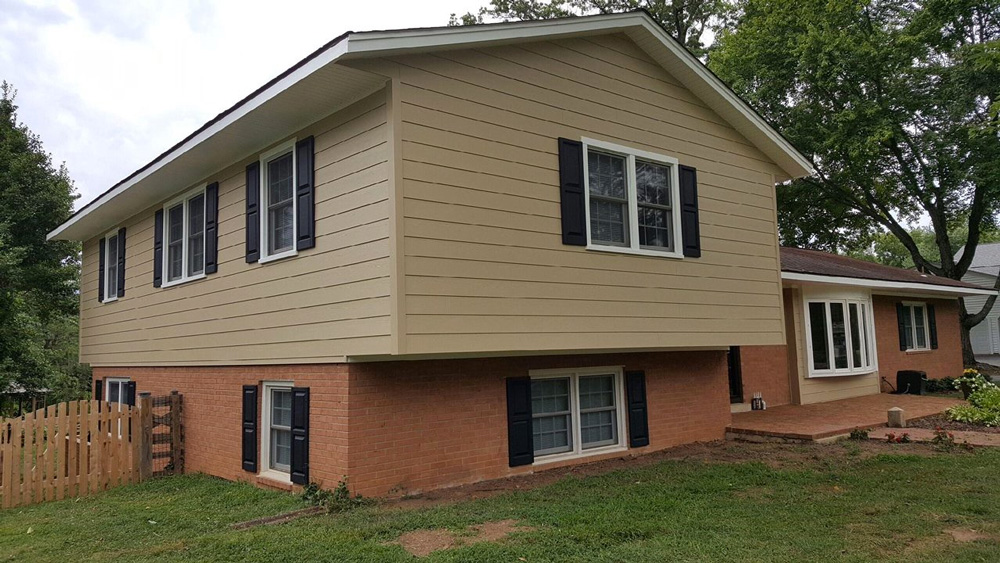How to Get the Most Longevity From Your Home’s Siding

There are many options available for homeowners when it comes time to choosing which type of siding they want. Of the many factors to consider, longevity is one of the most important. You don’t want to have to replace your siding too soon after first purchasing it.
Different siding styles last for varying lengths of time based on material, and are available at different price points. When making a decision about the right siding for your home, it is important to consider what the lifetime of the siding is before you make your choice.
Vinyl
Vinyl siding lasts as long or longer than any other kind of siding. Surveys indicate it should last for a minimum of sixty years but will probably last for well over one hundred. Trim nearby trees and bushes so they don’t puncture your vinyl siding, and get out a brush with stiff bristles to clean it every year or so. If taken care of, vinyl siding should last for the life of your home.
Aluminum
Aluminum has its advantages, such as being light, easy to install, as well as being resistant to bugs, mold, and seas spray. However, it dents easily, can make a lot of noise during windstorms and does not have the longevity of other kinds of siding. The thicker the aluminum the longer it can be expected to last, but it won’t usually last longer than 40 years and may last fewer than 25 years.
Brick Veneer
Brick is a traditional, handsome choice for home exteriors that is also long lasting. Brick veneers offer a highly durable, light weight option that is not only beautiful but cost effective. They are available in both a mortar applied system and a mortar free system. Keep in mind that the mortar that holds them together does not last as long and may need occasional maintenance
Fiber Cement
Fiber cement is a new product that has not had enough time to go through its life cycle yet. However, according to tests, it could be the longest lasting of them all, outliving the home it is a part of, while also providing many of the same benefits as stone and brick.
Stone Veneer
Stone siding offers the look and texture of real stone without the expense and the difficult labor. There are colonial homes with stone veneer that are still standing. If longevity is your goal, stone is as good as anything while also being fire retardant and handsome to look at.
Stucco
Stucco can provide an elegant look and is especially popular in southern climates. Studies indicate that it should last for at least 50 years, and may last as long as 100.
Wood
Wood only loses 1/8 of its thickness every 100 years if properly engineered. This provides for good longevity, although you will have to take more care of it against the elements.
How to Tell When to Replace Your Siding
Finally, you will begin to see signs as your siding does expire, if you know what to look for. There are obvious signs like warped or cracked siding, or blisters and bubbles forming on the surface. Additionally, if you see fungus or mildew growing, you know you will have to replace your siding.
There are less obvious signs, as well. If you have to repaint your home too frequently, the problem could be the siding underneath the paint, instead of the paint itself. If you find yourself paying higher energy bills and can rule out other factors, it could mean your siding is old and not insulating as well as it used to. Peeling wallpaper inside the home, or peeling paint, is also a sign that moisture is getting into your walls, and the siding could be at fault.
Reach Out to Tri County Windows & Siding
Need more information on how to care for your vinyl siding, or wondering whether it’s time to finally replace it? Reach out to Tri County Windows & Siding for all your home exterior needs.